The Giant Among Giants

Imagine a lion that stood taller than a modern grizzly bear, with muscles rippling beneath a coat designed for survival in the harshest conditions. Panthera atrox, the American lion, wasn’t just another big cat—it was a prehistoric powerhouse that dominated the landscapes of Alaska and North America for over 300,000 years.
These magnificent predators weighed up to 800 pounds, making them roughly 25% larger than today’s African lions. Their robust build and powerful limbs were perfectly adapted for taking down massive prey like bison, horses, and even young mammoths. When you picture Alaska’s ancient wilderness, forget the modern image of pristine emptiness—this was a land where giants ruled, and Panthera atrox was the undisputed king.
Alaska’s Frozen Kingdom

During the Pleistocene epoch, Alaska looked nothing like the icy wilderness we know today. Vast grasslands stretched across the continent, supporting herds of prehistoric megafauna that would make modern wildlife seem miniature by comparison. This was the Mammoth Steppe, a ecosystem unlike anything that exists today.
The climate was surprisingly mild compared to modern Alaska, with temperatures that supported diverse plant life and created perfect hunting grounds for apex predators. Panthera atrox thrived in this environment, using the open terrain to stalk prey across distances that would challenge even the most skilled modern hunters. The landscape was their stage, and they were the starring performers in nature’s most dramatic theater.
Built for the Hunt
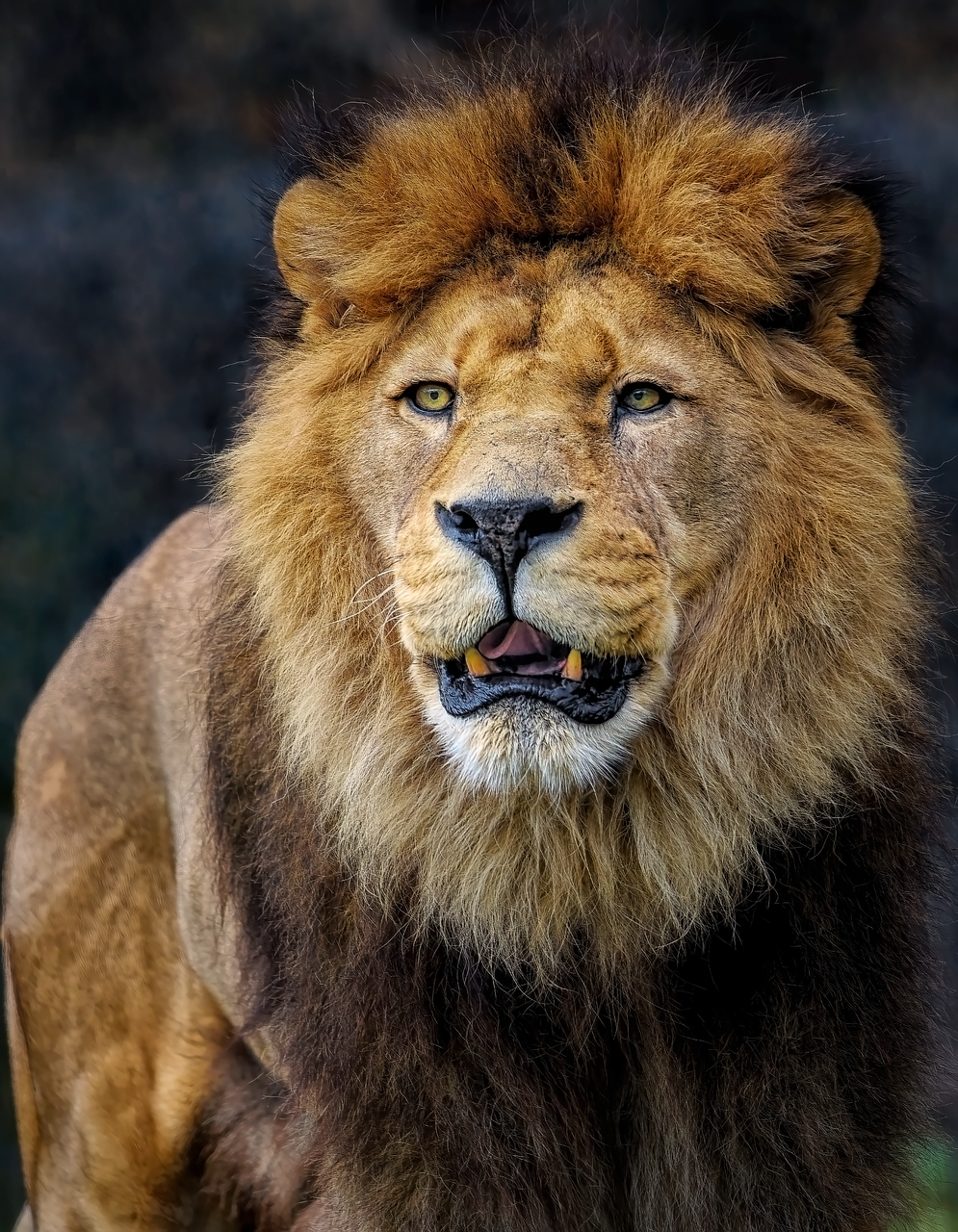
The American lion’s anatomy tells a story of evolutionary perfection. Their skulls were broader and more robust than modern lions, housing incredibly powerful jaw muscles that could deliver bone-crushing bites. Their teeth were designed not just for cutting flesh, but for holding onto struggling prey that could weigh several times more than today’s typical lion targets.
Long, muscular limbs gave them the stride length needed to cover vast territories, while their broad paws distributed weight efficiently across soft terrain. These weren’t just bigger versions of modern cats—they were specifically engineered by evolution to be the ultimate prehistoric predators. Every bone, every muscle, every adaptation spoke to their role as the apex hunters of their time.
The Mammoth Hunters
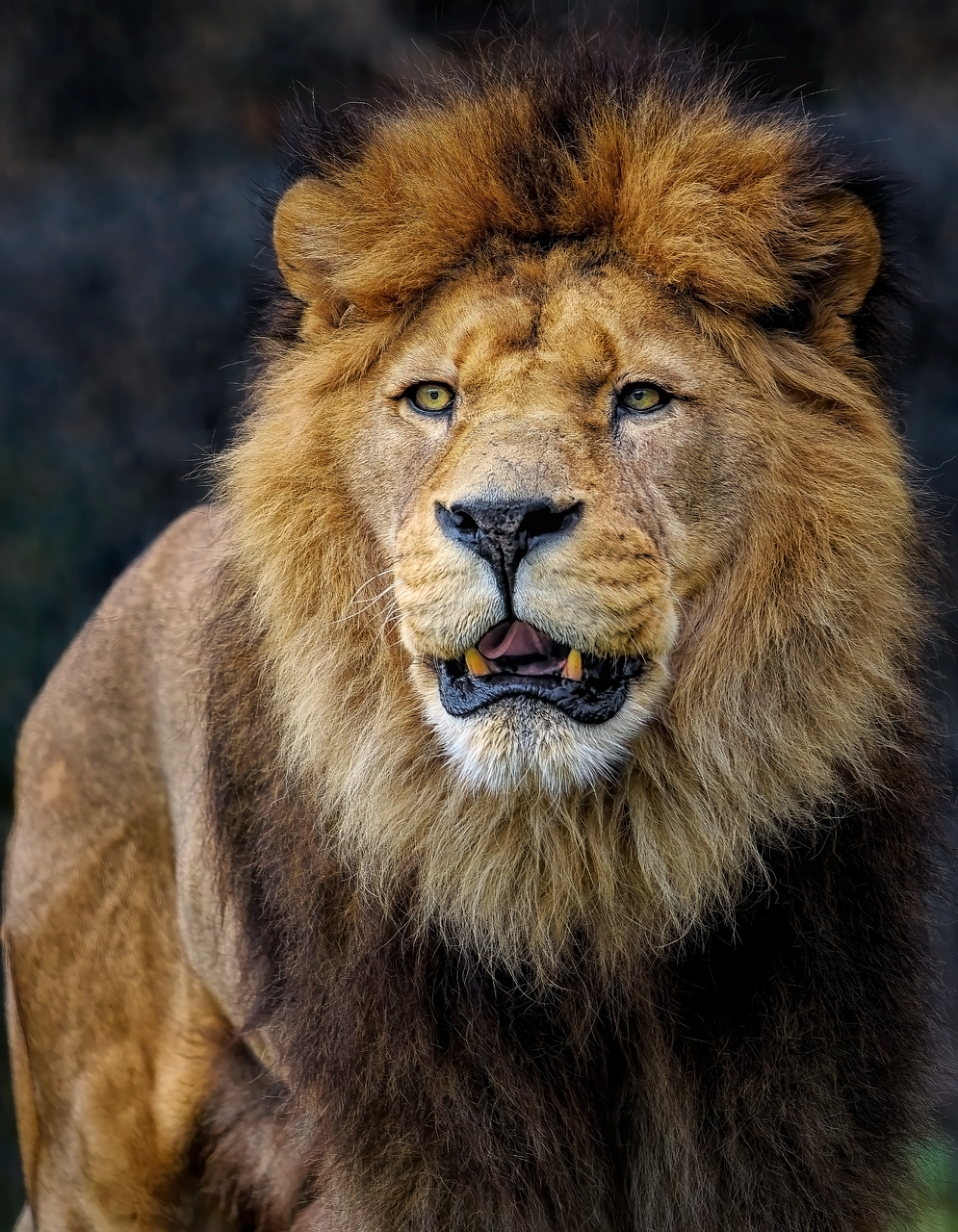
Picture this: a pride of American lions surrounding a juvenile mammoth, their coordinated attack strategy honed over millennia of evolution. While they couldn’t regularly take down full-grown mammoths, evidence suggests these impressive cats did occasionally prey on young ones, demonstrating hunting skills that would make modern lions look like house cats.
Archaeological evidence from sites like Rancho La Brea reveals that American lions had incredibly diverse diets, including horses, bison, ground sloths, and camels. They were opportunistic hunters who adapted their strategies based on available prey, showing intelligence and flexibility that helped them survive in changing environments for hundreds of thousands of years.
Social Structures of Ancient Predators

Unlike their modern African cousins, American lions likely lived in smaller social groups or were possibly even solitary hunters. The fossil record suggests they may have come together only for mating or when particularly large prey required coordinated effort. This social structure made sense in their environment, where territories needed to be vast to support such large predators.
Their territorial ranges probably extended for hundreds of miles, with individual lions or small groups claiming hunting grounds that dwarfed modern big cat territories. Communication across these distances would have relied on scent marking, vocalizations that could carry for miles, and possibly even primitive forms of social intelligence that we’re only beginning to understand.
The Fierce Competition

American lions didn’t rule their world unopposed. They shared the landscape with other formidable predators including saber-toothed cats, dire wolves, and massive short-faced bears. This prehistoric arms race created an environment where only the most adaptable and powerful predators could survive.
Competition for prey was intense, with each species developing unique hunting strategies and physical adaptations. American lions used their size and strength to dominate kills, often driving smaller predators away from carcasses. This competitive pressure helped shape their evolution, making them increasingly powerful and efficient hunters over time.
Fossil Evidence Speaks
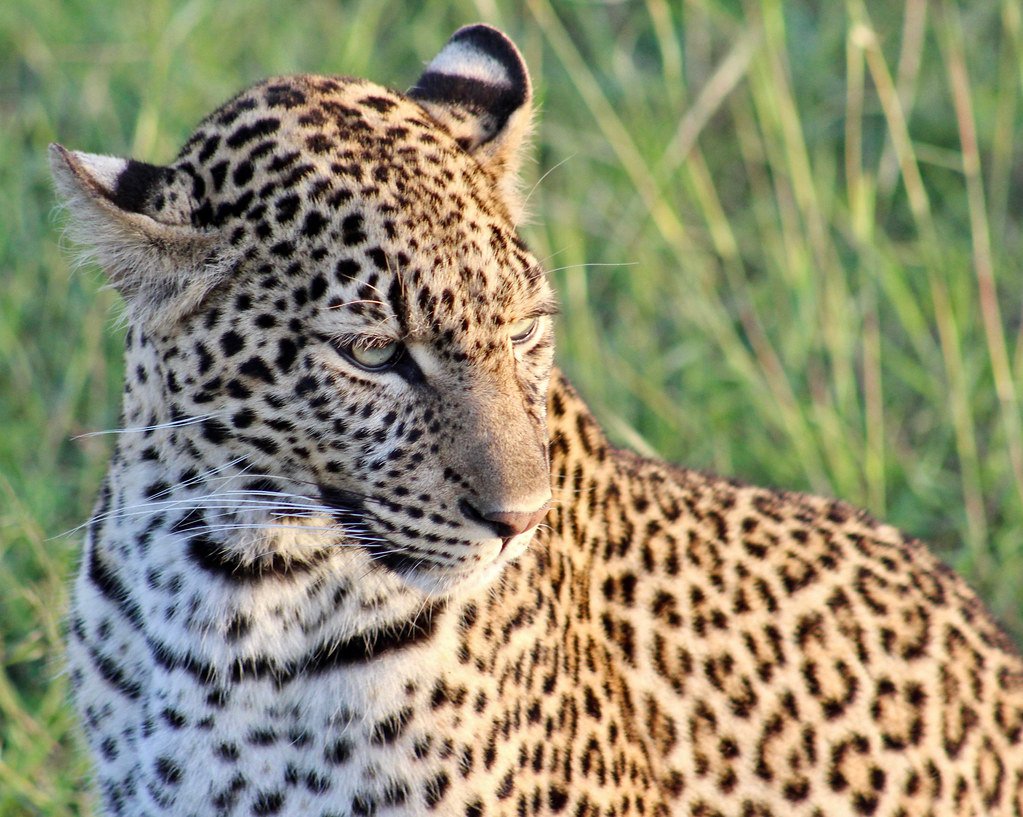
The story of Panthera atrox comes to us through remarkably well-preserved fossils found across North America, from Alaska to Mexico. The famous La Brea tar pits alone have yielded hundreds of specimens, creating one of the most complete pictures we have of any prehistoric predator.
These fossils reveal not just their physical characteristics, but also their injuries, diseases, and even their final moments. Some specimens show healed bone fractures, indicating that these cats could survive serious injuries—a testament to their incredible resilience and possibly their social support systems.
The Mystery of Their Mane
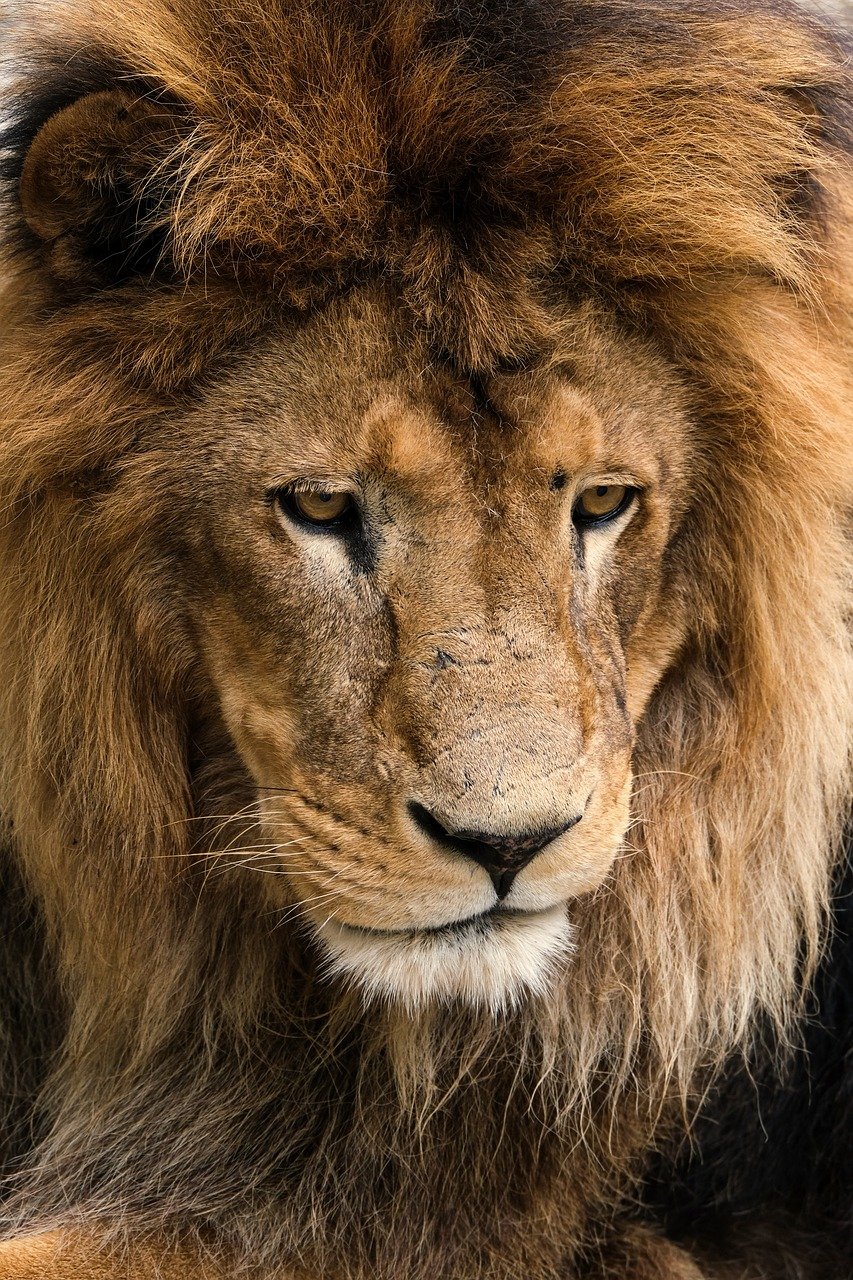
One of the most intriguing questions about American lions is whether males had manes like their modern relatives. Fossil evidence can’t preserve soft tissue like hair, leaving scientists to speculate based on skull structure and evolutionary relationships. Some researchers believe they may have had shorter, denser manes adapted for their cooler climate.
The debate continues among paleontologists, with some arguing that the robust skull structure suggests powerful neck muscles that could have supported impressive manes. Others point to the cold climate and suggest that manes might have been an evolutionary disadvantage in their environment. This mystery adds another layer of fascination to these already captivating predators.
Climate Change and Survival
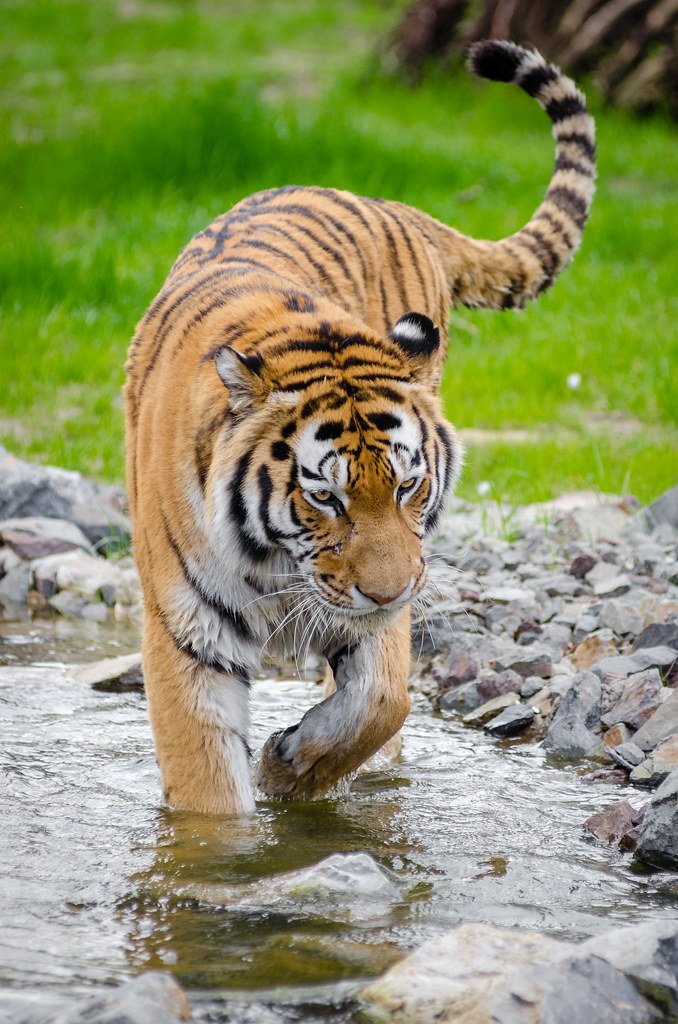
As the last ice age began to end around 14,000 years ago, the world of Panthera atrox started to collapse. The Mammoth Steppe gave way to forests and tundra, and the large herbivores that formed the foundation of their food web began to disappear. This wasn’t just a gradual shift—it was a relatively rapid environmental transformation that challenged every aspect of their survival strategy.
These magnificent predators faced a double threat: their prey was vanishing, and their hunting grounds were becoming fragmented by changing vegetation. The open grasslands that had supported their hunting style for hundreds of thousands of years were being replaced by dense forests that favored smaller, more agile predators.
The Human Factor
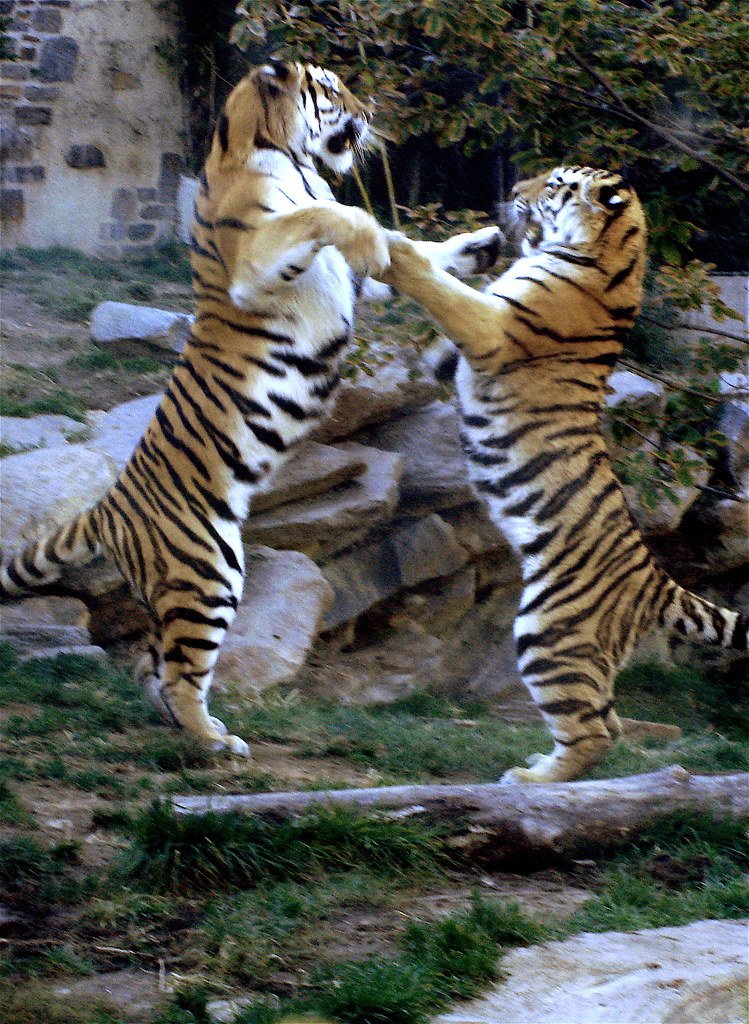
Around the same time that American lions were facing environmental challenges, humans were arriving in North America. While the exact impact is debated, the arrival of skilled hunters with advanced tools certainly added pressure to already stressed ecosystems. Humans competed for the same prey species and may have directly hunted these impressive cats.
Archaeological sites show evidence of human-lion interactions, though whether these were primarily confrontational or simply overlapping territories remains unclear. What’s certain is that the combination of climate change and human expansion created a perfect storm of challenges that even these ultimate predators couldn’t overcome.
Their Final Roar

The last American lions disappeared around 11,000 years ago, marking the end of an era that had lasted for over 300,000 years. Their extinction wasn’t sudden—it was a gradual fade as populations became increasingly isolated and unable to maintain viable breeding groups. The final populations likely survived in refugia, small pockets of suitable habitat that eventually became too small to support them.
Genetic studies suggest that the last American lions may have been closely related to modern lions, possibly even representing a subspecies rather than a separate species. This connection makes their loss even more poignant, as they were quite literally our lions’ ancient cousins who simply ran out of time and space.
Echoes in Modern Alaska

Today’s Alaska bears little resemblance to the Mammoth Steppe that once supported American lions, but their legacy lives on in the fossil record and in our understanding of predator-prey relationships. The brown bears and wolves that now rule Alaska’s wilderness are the ecological descendants of that ancient competitive community.
Sometimes, when hiking through Alaska’s vast landscapes, it’s worth pausing to imagine what these lands looked like when giants walked among giants. The silence of the modern wilderness carries echoes of roars that once shook the earth, reminding us that even the most powerful predators are not immune to the forces of change.
Scientific Discoveries Continue
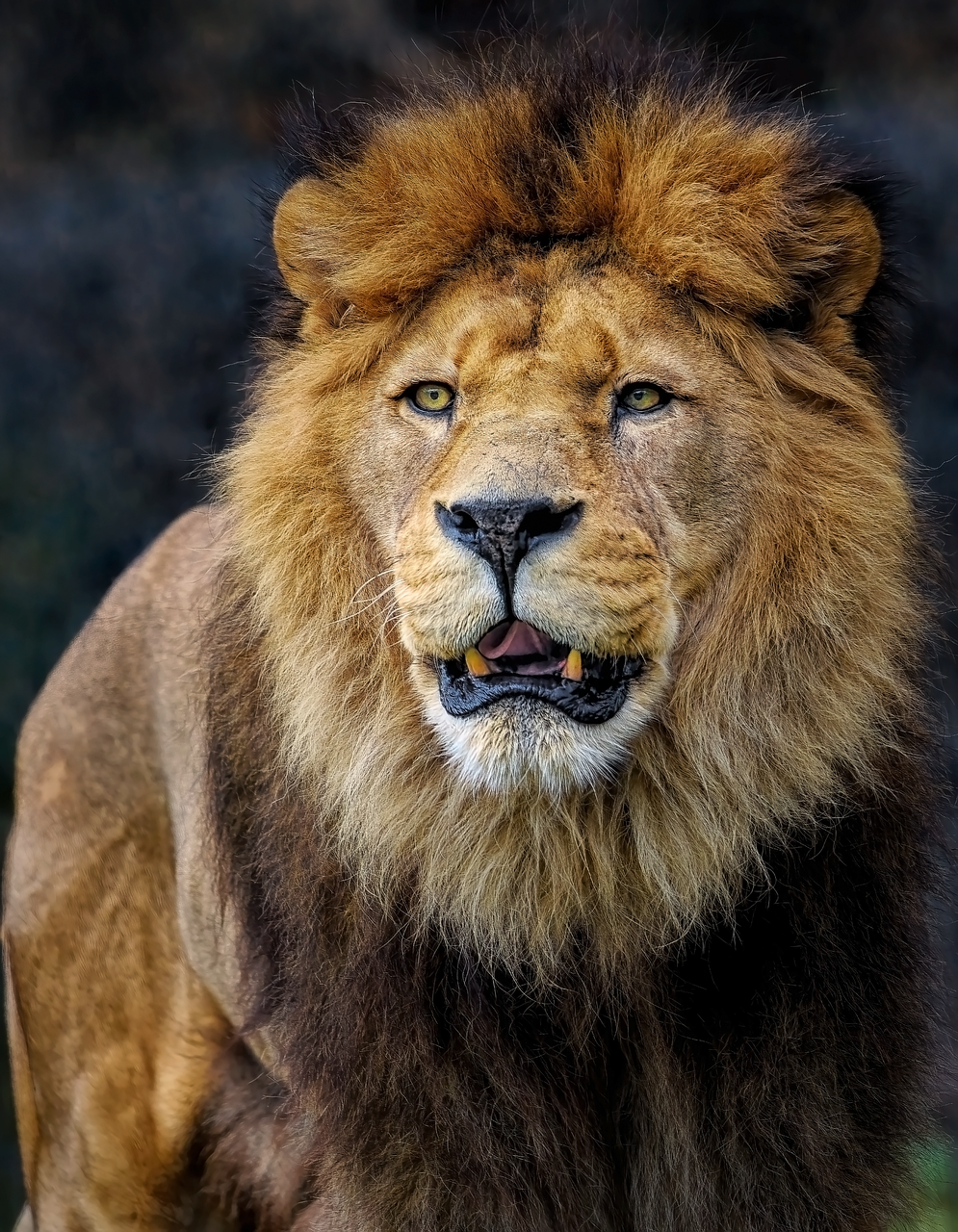
New discoveries about American lions continue to emerge as paleontologists develop better techniques for studying ancient DNA and analyzing fossilized remains. Recent genetic studies have revealed surprising connections between American lions and modern African lions, suggesting that the story of big cat evolution is more complex than previously thought.
Advanced imaging techniques are allowing researchers to study the internal structure of fossils in unprecedented detail, revealing new insights about how these predators lived, hunted, and moved through their world. Each discovery adds another piece to the puzzle of understanding these magnificent creatures and their place in Earth’s history.
Legacy of the American Lion

The story of Panthera atrox serves as a powerful reminder of nature’s capacity for both creation and destruction. These lions ruled their world with absolute authority for hundreds of thousands of years, yet they couldn’t adapt quickly enough to the rapid changes that marked the end of the Pleistocene.
Their extinction teaches us about the fragility of even the most successful species and the importance of understanding how environmental changes can cascade through entire ecosystems. In studying these ancient predators, we gain valuable insights into the delicate balance that supports all life on Earth.
Conclusion
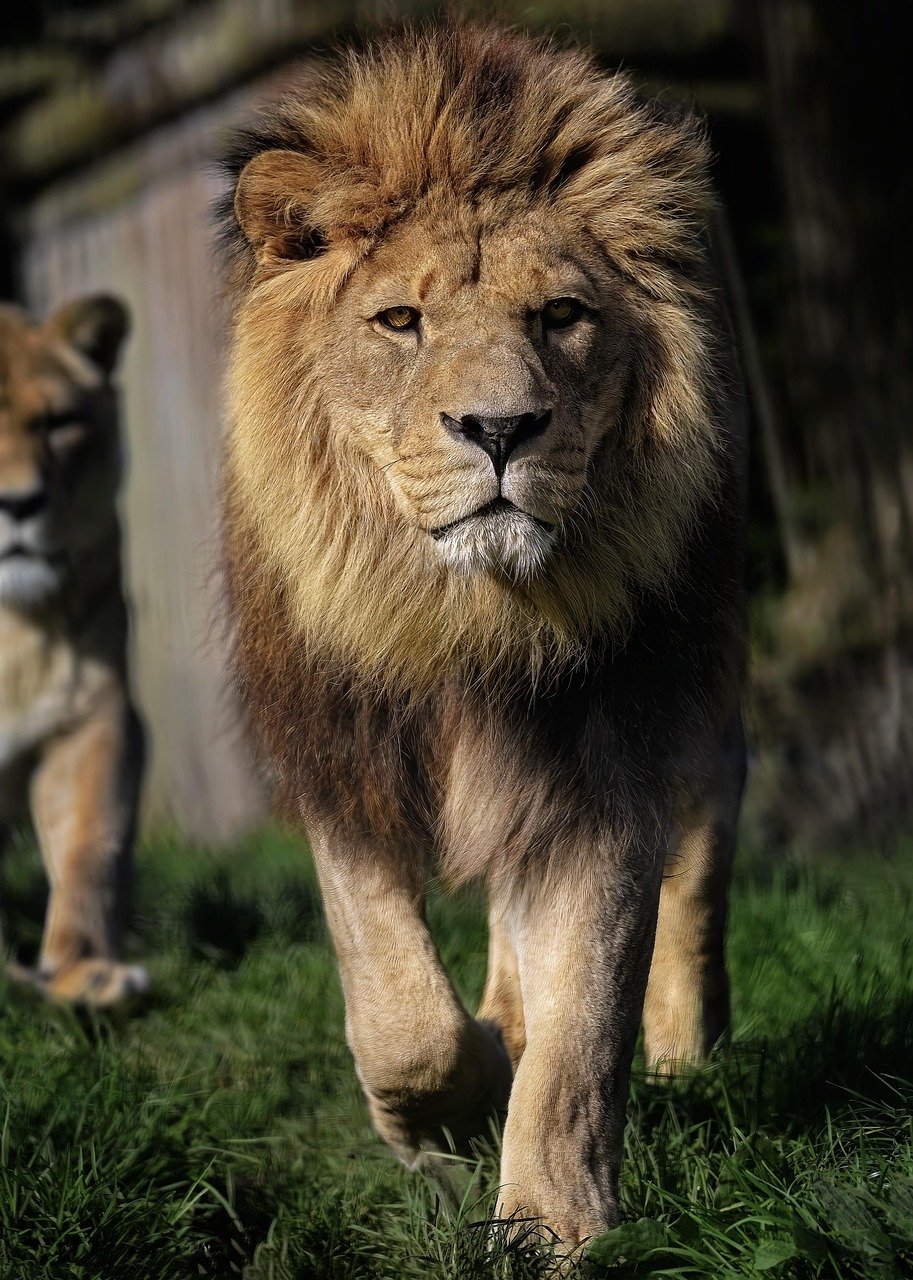
The American lion’s reign over Alaska and North America stands as one of nature’s most impressive success stories, even though it ultimately ended in extinction. For over 300,000 years, these magnificent predators dominated landscapes that stretched from coast to coast, adapting to changing conditions and maintaining their position at the top of the food chain.
Their story reminds us that even the most powerful and well-adapted species can be vulnerable to rapid environmental change. As we face our own period of dramatic climate transformation, the fate of Panthera atrox serves as both a cautionary tale and a testament to the incredible resilience of life on Earth. What lessons might we learn from these ancient kings of the wild that could help us protect the magnificent predators that still walk among us today?
Hi, I’m Bola, a passionate writer and creative strategist with a knack for crafting compelling content that educates, inspires, and connects. Over the years, I’ve honed my skills across various writing fields, including content creation, copywriting, online course development, and video scriptwriting.
When I’m not at my desk, you’ll find me exploring new ideas, reading books, or brainstorming creative ways to solve challenges. I believe that words have the power to transform, and I’m here to help you leverage that power for success.
Thanks for stopping by, Keep coming to this website to checkout new articles form me. You’d always love it!






